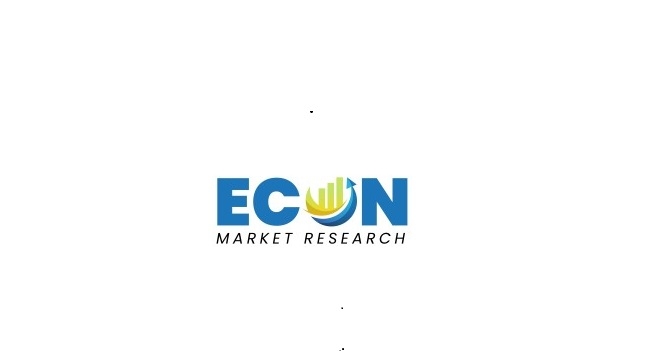Technological Advances in the InGaAs Camera Sector

The Indium Gallium Arsenide (InGaAs) camera market has been experiencing substantial growth in recent years, fueled by advancements in technology and the increasing demand for high-performance imaging solutions. These specialized cameras, which operate in the shortwave infrared (SWIR) spectrum, are finding applications in diverse industries, including defense, healthcare, industrial automation, and scientific research. This blog explores the key drivers, market trends, and opportunities shaping the future of the InGaAs camera market.
What Are InGaAs Cameras?
InGaAs cameras utilize sensors made from indium gallium arsenide, a compound semiconductor material known for its sensitivity to light in the SWIR spectrum, typically ranging from 900 nm to 1700 nm. This unique capability enables these cameras to capture high-resolution images in low-light conditions and penetrate materials like silicon and plastic, making them invaluable in specialized imaging tasks.
Key Market Drivers
- Increasing Demand in Defense and Security: InGaAs cameras are widely used in defense and security applications, such as night vision, surveillance, and target tracking. Their ability to detect infrared radiation and provide clear imaging in challenging environments makes them a preferred choice for military and homeland security operations.
- Growing Adoption in Industrial Automation: Industries are leveraging InGaAs cameras for quality control, material inspection, and process monitoring. These cameras can identify defects and irregularities in materials that are invisible to conventional imaging systems, enhancing efficiency and reducing costs.
- Advancements in Medical Imaging: The healthcare sector is increasingly adopting SWIR imaging for applications such as vein visualization, tumor detection, and non-invasive diagnostics. InGaAs cameras enable precise imaging of biological tissues, aiding in early diagnosis and better patient outcomes.
- Expanding Research and Development Activities: Scientific research institutions and laboratories use InGaAs cameras for spectroscopy, astronomy, and other advanced applications. The cameras' high sensitivity and wide spectral range are critical for analyzing chemical compositions and exploring celestial phenomena.
Request a sample@ https://www.econmarketresearch.com/request-sample/EMR00705/
Emerging Trends
- Miniaturization and Portability: Manufacturers are focusing on developing compact and lightweight InGaAs cameras to meet the demand for portable solutions. This trend is particularly evident in industries like defense and outdoor research.
- Integration with AI and Machine Learning: The incorporation of artificial intelligence (AI) and machine learning algorithms is enhancing the functionality of InGaAs cameras. These technologies enable real-time image analysis, anomaly detection, and predictive maintenance.
- Cost Optimization: Historically, the high cost of InGaAs cameras has limited their adoption. However, advancements in manufacturing techniques and economies of scale are driving down costs, making these cameras more accessible to a broader market.
- Increasing Adoption in Emerging Economies: As industries in Asia-Pacific and Latin America continue to modernize, the demand for advanced imaging solutions like InGaAs cameras is rising. These regions represent significant growth opportunities for manufacturers.
Challenges and Opportunities
While the InGaAs camera market shows immense potential, it also faces challenges such as high production costs, limited availability of raw materials, and competition from alternative imaging technologies. However, these challenges present opportunities for innovation:
- Development of Alternative Materials: Research into new materials with similar properties to InGaAs can help mitigate supply chain issues and reduce costs.
- Expansion into New Applications: Exploring untapped markets such as agriculture (e.g., crop monitoring and sorting) and autonomous vehicles (e.g., enhanced vision systems) can drive further growth.
- Government and Industry Collaboration: Partnerships between governments, academia, and industry players can accelerate innovation and adoption.
Phone Number: +1 812 506 4440
Email: sales@econmarketresearch.com
- Questions and Answers
- Opinion
- Motivational and Inspiring Story
- Technology
- Live and Let live
- Focus
- Geopolitics
- Military-Arms/Equipment
- Sicherheit
- Economy
- Beasts of Nations
- Machine Tools-The “Mother Industry”
- Art
- Causes
- Crafts
- Dance
- Drinks
- Film/Movie
- Fitness
- Food
- Spiele
- Gardening
- Health
- Startseite
- Literature
- Music
- Networking
- Andere
- Party
- Religion
- Shopping
- Sports
- Theater
- Health and Wellness
- News
- Culture

